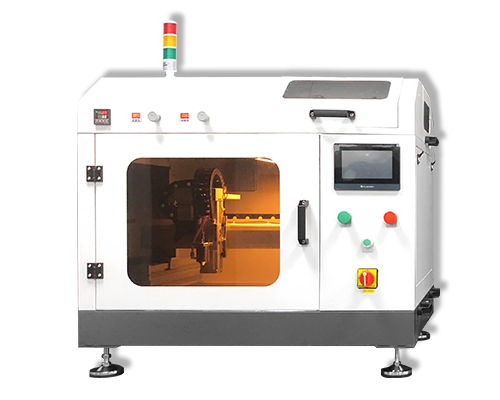Hydrogen Production By Electrolysis Of Water
Hydrogen Production By Electrolysis Of Water – Electrolyzer Coatings – Cheersonic
With the gradual increase in the use of clean energy, its intermittent nature makes the demand for energy storage very urgent. Hydrogen energy is a better bridge. The main advantages are: first, hydrogen-electricity can be converted efficiently through PEM; second, hydrogen has a relatively high energy density and is relatively easy to store; third, hydrogen conversion to electricity has the potential for large-scale application .
At present, in electrolysis of water hydrogen production technology, alkaline electrolysis of water (AWE) and proton exchange membrane electrolysis of water (PEMWE) have been gradually industrialized, while high-temperature solid oxide Hydrogen (AEMWE) is still in the pilot product phase.
Alkaline electrolysis of water for hydrogen production
The technology is mature, using KON and NaOH aqueous solution as the electrolyte (20wt-30wt%), the diaphragm is made of insulating materials such as asbestos cloth or polysulfone, and the nickel-based material is used as the electrode. The purity of hydrogen production is 99%, and dealkali mist treatment is required. Generally, the density is about 0.25A/cm2, the energy consumption is 5kWh/Nm3H2, and the efficiency is usually about 60%.
Limitation 1: The diaphragm is a porous material, the gas is easy to permeate, it is relatively thick, and the power loss is more; due to the rapid load change, the pressure on both sides will be unbalanced, and the excessive hydrogen permeation will cause an explosion risk, so the response is very slow and it is difficult to closely match the wind power supply. Cooperate.
Limitation 2: The current density is low, the volume of the electrolytic cell is large, the heat capacity is large, and the temperature response such as cold start is limited;
Proton Exchange Membrane Electrolysis of Water for Hydrogen Production
The technology is gradually industrialized, and the asbestos diaphragm in the alkaline electrolyzer is replaced by the proton exchange membrane, which can conduct protons.
Advantage 1: At the same time, the proton exchange membrane is insulated and non-porous to isolate gas, which has better safety, and the purity of hydrogen production is as high as 99.99%.
Advantage 2: High current density 2A/cm2, small size; slightly lower energy consumption 4kWh/Nm3H2, large pressure adjustment margin, and good responsiveness.
Solid Oxide Electrolyzed Water SOEC
laboratory stage. ZrO3 zirconia doped with 8mol% Y2O3 yttrium oxide is usually used as the electrolyte, which can realize the transmission of cations at high temperature, and has good thermal and chemical stability.
High temperatures increase efficiency, but the material tends to decay.
Anion exchange membrane electrolysis water AEMWE
AEM water electrolysis technology combines the advantages of traditional alkaline liquid electrolyte water electrolysis and PEM water electrolysis. Non-precious metal catalysts such as Ni, Co, and Fe can be used in alkaline medium. The advantages of anion exchange membrane and proton exchange membrane are similar, and at the same time, it can avoid Use of alkaline liquids, resulting in product gas contamination. The alkaline system avoids the use of a large amount of precious metals, and the equipment cost is greatly reduced compared with the PEM water electrolysis cell. At present, the main obstacle restricting the development of AEM water electrolysis technology is the performance of the anion exchange membrane. The thermal and chemical stability of the anion exchange membrane is poor, and the anion conductivity is limited, which restricts the life and electrolysis performance of the AEM electrolytic cell.
Cheersonic ultrasonic coating systems are used in a number of electrolysis coating applications. The high uniformity of catalyst layers and even dispersion of suspended particles results in very high efficiency electrolyzer coatings, either single or double sided.
In hydrogen fuel cell production, PEM electrolyzer coating systems are ideal for spraying carbon-based catalyst inks onto electrolyte membranes. These systems are fully automated, capable of dual side coating, and enable different catalyst formulations to be applied to each side of the membrane. Durability and repeatability of the coating are proven superior to other coating methods, often providing higher efficiencies with extended lifetimes of the coated PEM.
Our coating solutions are environmentally-friendly, efficient and highly reliable, and enable dramatic reductions in overspray, savings in raw material, water and energy usage and provide improved process repeatability, transfer efficiency, high uniformity and reduced emissions.


